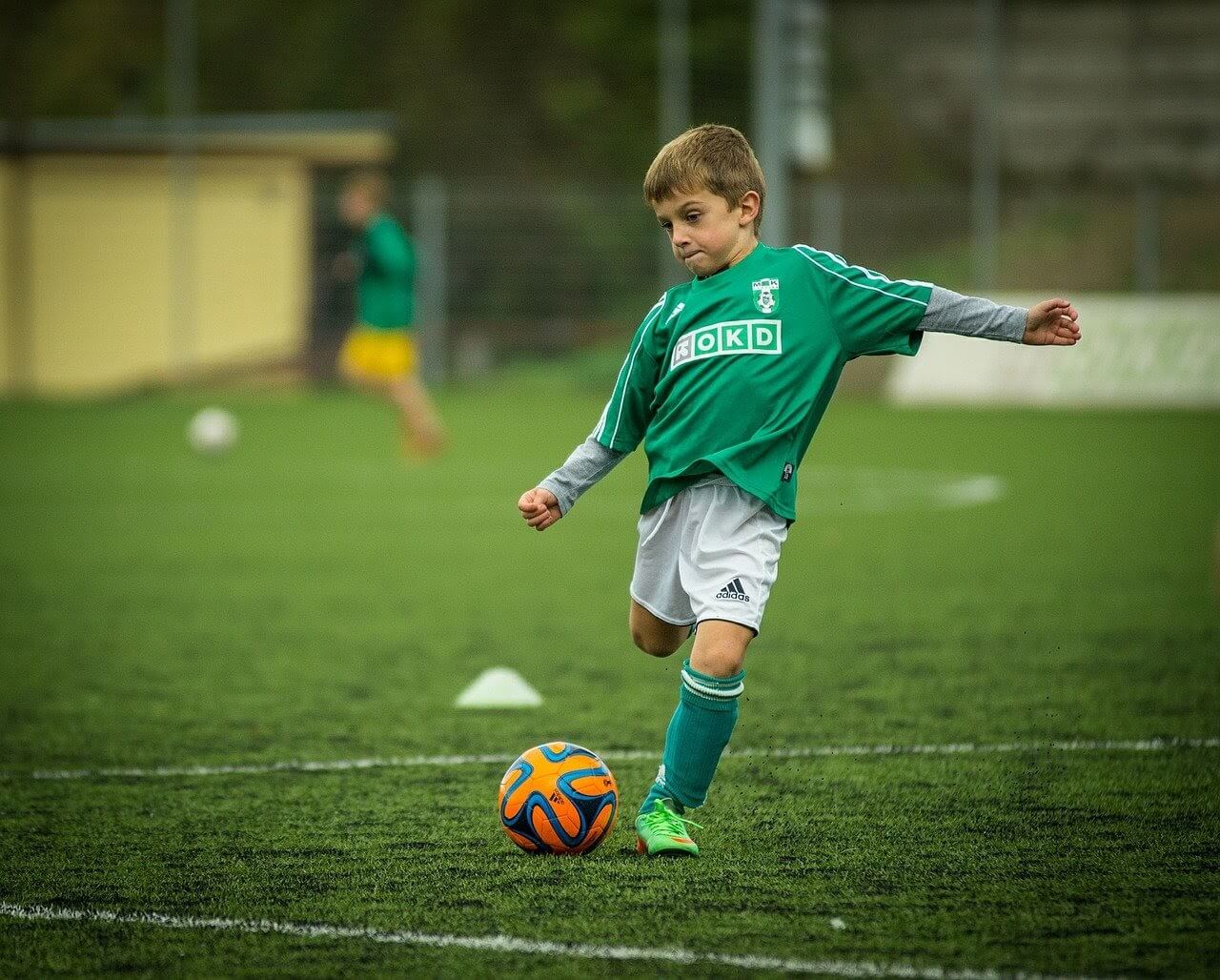Young children are full of life and excitement. Sometimes we wish we could have as much energy as them! A great deal of developmental milestones and growth occur during childhood, which leads parents wondering how they can help make sure their children are on track to excel. A popular trend for parents is enrolling their children in soccer. Organized team sports offer a plethora of benefits and opportunities for young children such as the development of communication skills, decision-making, and social skills among others. Additionally, team sports are often enjoyable for kids as they get to hang out with friends and work towards goals. They also help burn off some of that extra energy! If you are a parent whose child has an interest in soccer, you may be wondering how to coach them soccer skills? This article will outline popular soccer drills for 5 yr olds so that parents and coaches alike can work on increasing their child’s soccer skills.

What Should the Soccer Training Schedule Look like for little kids?
Soccer can start with kids as young as three. If starting at a young age, it’s important to keep practice light and fun because their attention span and interest duration is limited. Rather than jump in full force, we recommend starting the soccer training slowly. Having a 30-minute time period once a week to practice soccer drills for kids is sufficient. For kids, 30 minutes feels like an eternity, so they will feel plenty fulfilled with 30 minute soccer practices. Soccer drills for 5 yr olds should be fun and enjoyable rather than intense and serious, so if games against other teams are played at very young ages, they should be light hearted and not competitive.
Additionally, the soccer training schedule should be fun and teach basic soccer skills (e.g., dribbling, running, and increasing coordination). Five year olds mimic a lot of what their parents do, so the soccer drills for kids should be modeled. Additionally, the soccer drills for 5 yr olds should be interactive, because remember, their attention span is much shorter than that of an adult.
Advancement of Soccer Skills throughout Youth
As kids’ skills enhance they become able to try more advanced soccer passing drills. Soccer training is often broken down into U9, U10, U11, U12, U13, and U14 soccer drills. These are standard skills and drills deemed appropriate for kids under the stated number (i.e., U9 = for children under nine and so on and so forth). We will review U10 soccer drills and U14 soccer drills to demonstrate what little kids are leading up to in their long-term soccer training (assuming they enjoy the sport so much they stick with it!)
The basic premise for U10 soccer drills is to continue developing fundamental skills of ball control, passing, receiving, and shooting. At 10 years old, the U10 soccer drills will still not be overly complex because soccer training should still be fun, but the goal is to keep the groups small (e.g., 1 vs 1, 3 vs 3) and work on completing two drills in a row. In addition to drills, this age group will begin to learn about turning skills. Footwork will continue to be emphasized throughout training. At this point in their training, the child is enrolled in school full time, so it’s important to consider their schedules when choosing practice times. Socialization is also very important at this age.
U14 soccer drills will increase in complexity as at this point, if the child has been playing soccer for a significant amount of time, they will have the basic down pact. At this age, creativity is very important as 14-year olds are at the age of wanting autonomy. Each practice will be focused around a central theme to work on enhancing one skill at a time. At this age, the U14 soccer drills can have increased pressure so that children can learn to perform skills under pressure situation (i.e., game day). Games become more competitive during high school years, so playing small sided games can help instill confidence and skills learned throughout practice.

What Type of Equipment Does a Child Need?
The basic equipment that a child will need to practice soccer drills for kids are a size three soccer ball, cleats or athletic shoes, shin guards, and a water bottle. As the child grows, the shin guards, shoes, and soccer ball will need to be adjusted to meet their needs, but starting off, a size three soccer ball is sufficient. Along with these basic pieces of equipment, children will also need someone (or something) to coach them. Oftentimes local communities host town-run soccer teams for kids, but these may not apply to families who live in rural, isolated areas. Families who do not have easy access to a hometown children’s soccer coach can utilize technology. Newer AI-based technology has harnessed the abilities of a coach and put it into an app for your mobile device. Though technology can seem daunting, apps such as Playform are easy to use and provide a comprehensive assessment of your child’s soccer abilities by using your device’s camera. After the assessment, the app will develop a customized soccer training program to help enhance skills based on where they are developmentally. The app’s customization grows with the child’s abilities so though the soccer passing drills will start off very basic for young children, they will become more advanced as the child’s skills enhance. Additionally, the app utilizes the same U9 through U14 standard skills we discussed. Have fun!



